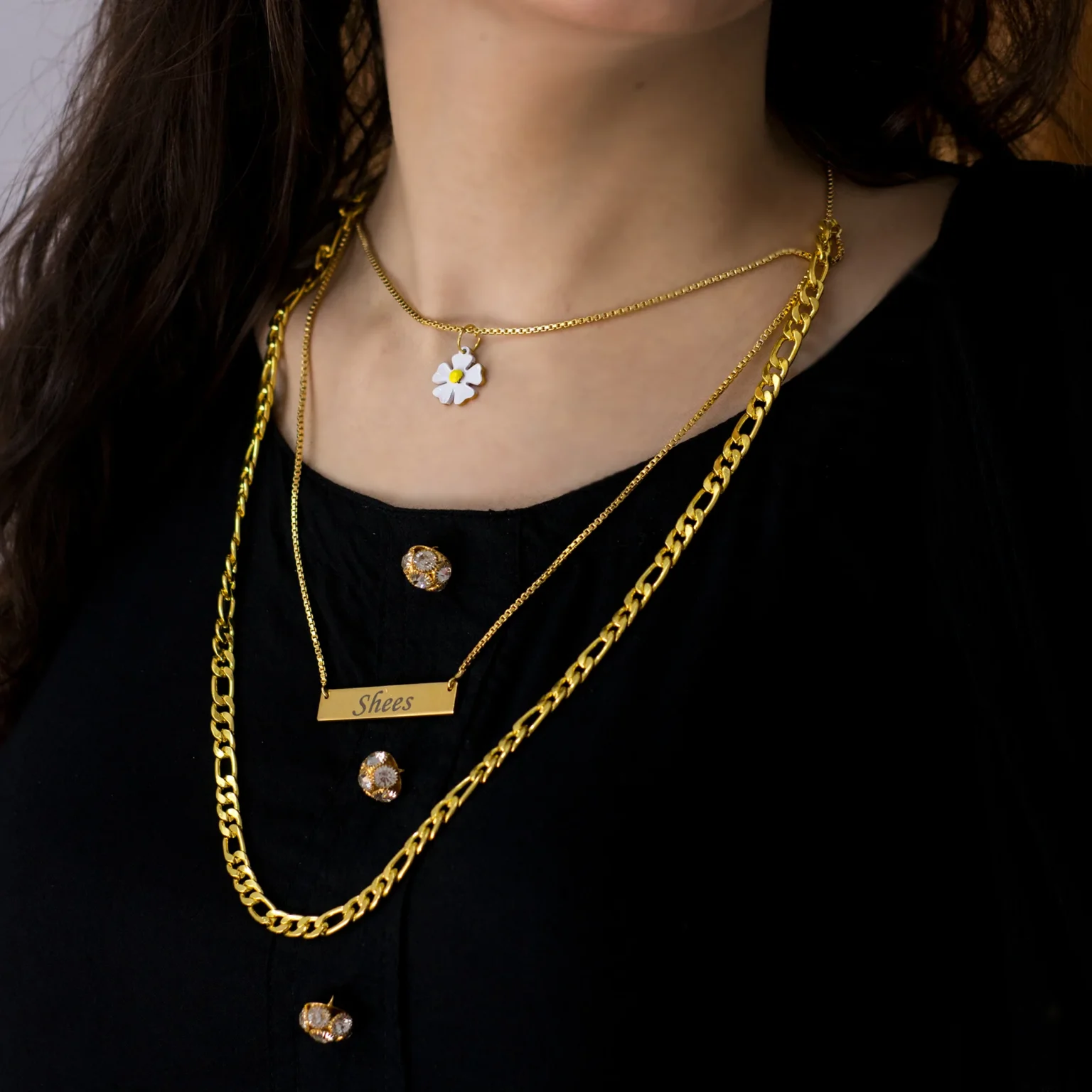
Different type of metal working files for jewelry making
Metal files are undoubtedly one of the most important items you need to have in your jewelry-making kit. There are many different types of metal files, and each one is designed for a specific purpose. In this blog post, we will discuss the different types of metal files and how to use them. We will also provide tips on choosing the right file for the job. So, whether you’re a beginner or an experienced jewelry maker, read on to learn more about metal files!
Flat Metal Files: Flat metal files are the most common type of file used in jewelry making. They can be used to smooth, shape, and even sharpen metal pieces. The flat design allows various uses, from cutting to shaping curves and contours. To use a flat metal file correctly, start with the coarsest side and work your way up until you get the desired finish.
The advantages of using a flat metal file are that it is versatile and can be used for many different tasks. It is also typically inexpensive compared to other types of files. It is best used with other tools, such as sandpaper and polishing compounds.
Half-Round Metal Files: The half-round metal file is designed to cut grooves into the metal. They are perfect for creating precise curves and details on jewelry components. Half-round files can be used by either pushing or pulling them along the surface of the metal. For best results, start with a coarse grit file and gradually work up to a finer grit until you get the desired finish.
Half-round files are excellent for producing crisp edges and smooth curves in metals that are too hard for sanding paper or polishing compounds alone. They can also deburr sharp edges, especially with delicate jewelry pieces.
Rounding Metal Files: Rounding metal files are designed to remove burrs from sharp edges and create curved surfaces or contours on jewelry pieces. They can also be used to clean up the edges of drilled holes or cutouts. To use a rounding file correctly, start with coarse grit and work your way up to a finer one until you get the desired finish. The advantage of using a rounding file is that it is easy to control and allows for precise shaping and finishing. It is also relatively inexpensive compared to other types of files.
Crossing file: Crossing files are designed for filing grooves and slots in metal. They can also create intricate metal textures, such as those on bracelets or rings. To use a crossing file correctly, start with the coarsest grit and work your way up until you get the desired finish. Crossing files can be used by either pushing or pulling them along the surface of the metal. The advantage of using a crossing file is that it can create intricate details quickly and easily.
Needle Files: Needle files are small, pointed-tipped tools that smooth and shape intricate details on jewelry components. They come in many different shapes, sizes, and grits. Needle files work in tight spots that cannot be reached with flat or half-round files. To use a needle file correctly, start with the coarsest side and work your way up until you get the desired finish. The advantage of using a needle file is that it can produce precise shapes and designs on jewelry pieces that would be difficult to achieve by other means.
Barrette File: A barrette file is a specialized tool for filing and smoothing drilled holes or cutouts inside. They come in many sizes and shapes, making them perfect for all jewelry-making projects. To use a barrette file correctly, start with the coarsest side and work your way up until you get the desired finish. The advantage of using a barrette file is that it can quickly and efficiently produce smooth, uniform surfaces on jewelry pieces.
Safety precautions when using metal files: We can’t end this article without some safety tips. Always wear protective eyewear and gloves to protect your eyes and hands when utilizing any metal file. Keep your work area well-ventilated, as filing can produce hazardous dust particles.
Metal Files are essential tools for jewelry makers. They come in various shapes and sizes, making them perfect for creating intricate details on jewelry components. With the right tools, you can achieve professional-looking results without spending too much money or time.
When used correctly, metal files will help you create beautiful pieces that will last a lifetime. It’s important to remember that each file type has its advantages and should be used accordingly, depending on the task. When choosing which type of metal file to buy, consider the kinds of projects you’ll be working on and the results you’d like to achieve. With a little trial and error, you can quickly become an expert in jewelry-making metalworking files.







